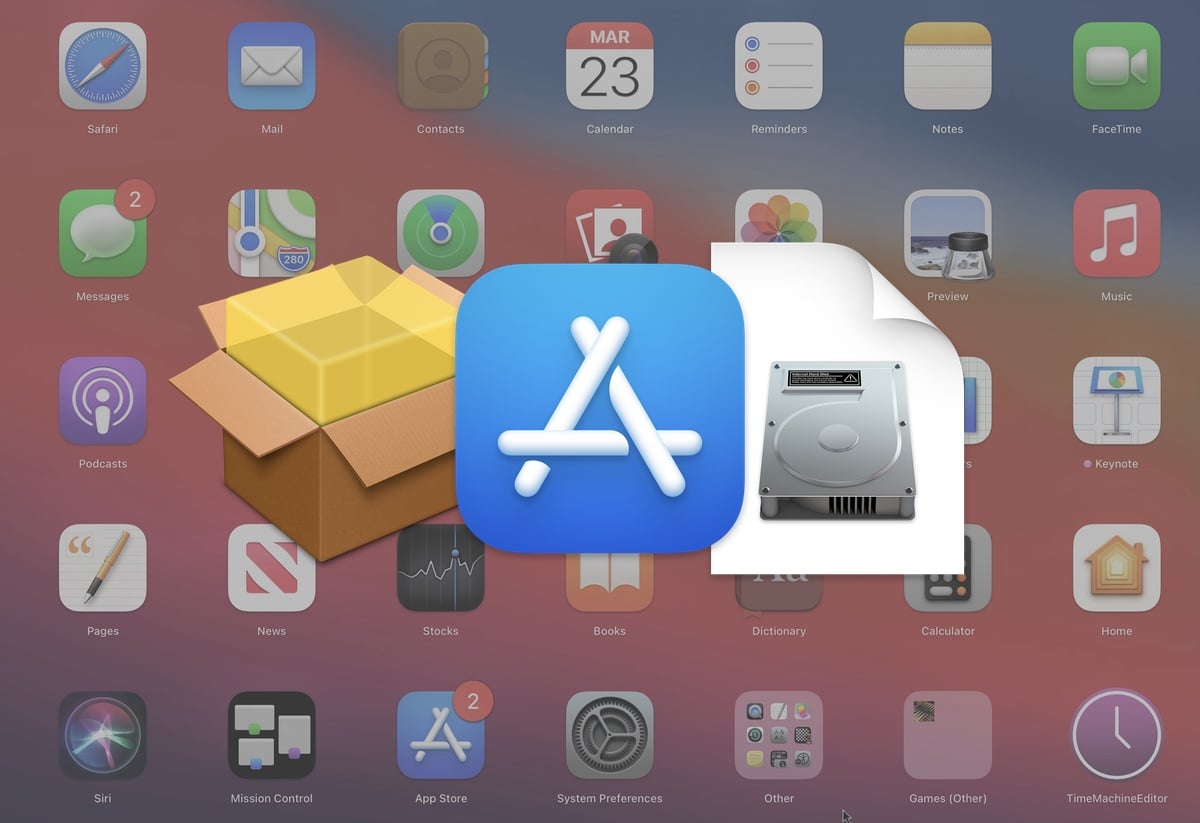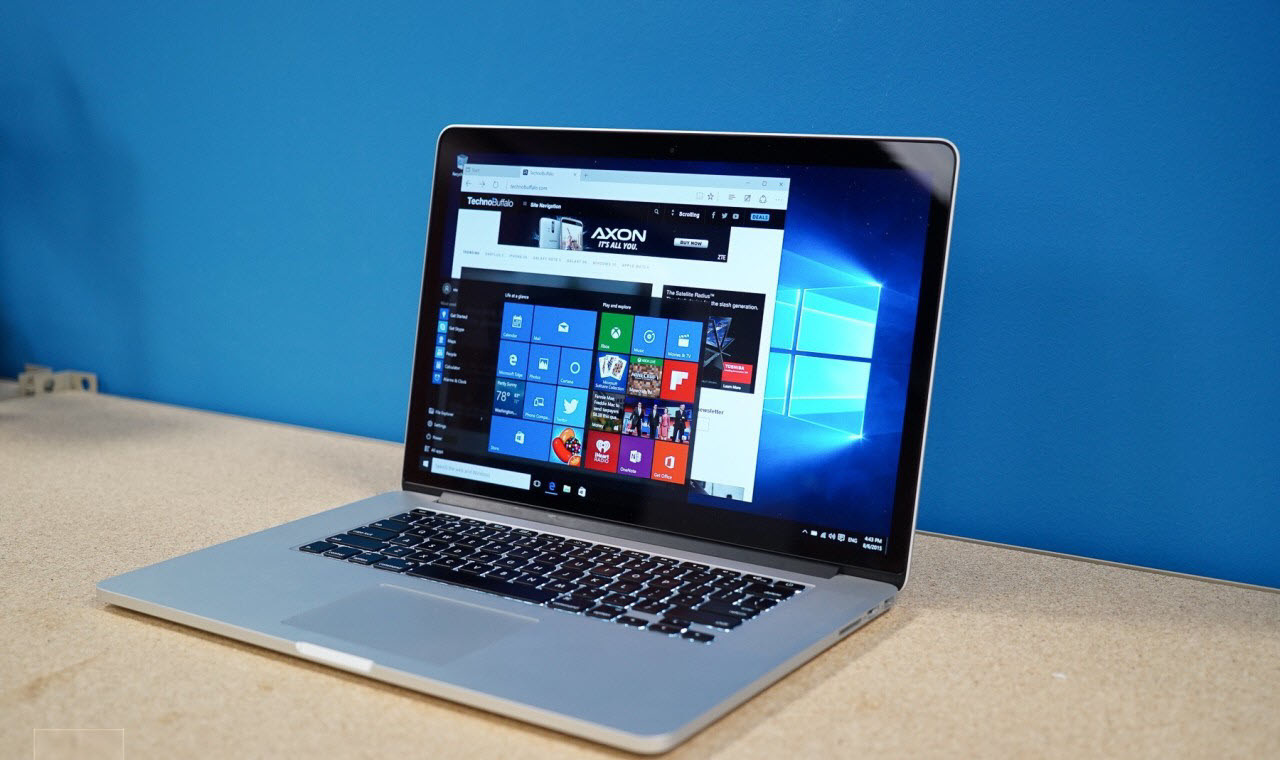- How To Install Operating System On Macbook Pro
- How To Install New Operating System On Macbook Pro Laptop
- Macbook Pro Operating System Download
If the current hard disk is working and you want to upgrade the hard drive (or switch to an SSD) I would first clone the existing drive on to the new drive. Put the new drive into a USB caddy or enclosure and use Carbon Copy Cloner from Bombich to. For this reason it is unlikely that you will be able to install an older version of macOS on a new. With the newest Mac operating system: MacBook models from early 2016 or later.
MacOS Big Sur elevates the most advanced desktop operating system in the world to a new level of power and beauty. Experience Mac to the fullest with a refined new design. Requires a MacBook Pro or MacBook Air with Touch ID, an iPhone 6 or later with iOS 10 or later, or an Apple Watch with watchOS 3 or later. Exchange 2013, or Exchange. May 23, 2020 The MacBook Pro was brought to me with a windows 10 bootcamp but the Mac OS portion is corrupt so it only boot to windows. When i was unable to install Mac OS Sierra on the hard drive so I removed the hard drive from the MacBook and format it in another MacBook with Mac OS extended journal format. 20210620MY STUDIO GEAR: I use and own all of this stuff!MacBook Pro 16”: Pro 13”: Canon 5DMKIV.
How To Install Operating System On Macbook Pro
Start up from macOS Recovery
Determine whether you're using a Mac with Apple silicon, then follow the appropriate steps:
Apple silicon
Turn on your Mac and continue to press and hold the power button until you see the startup options window. Click the gear icon labelled Options, then click Continue.
Intel processor
Make sure your Mac is connected to the internet. Then turn on your Mac and immediately press and hold Command (⌘)-R until you see an Apple logo or other image.
If you're asked to select a user you know the password for, select the user, click Next, then enter their administrator password.
Reinstall macOS
Select Reinstall macOS from the utilities window in macOS Recovery, then click Continue and follow the onscreen instructions.
Follow these guidelines during installation:
- If the installer asks to unlock your disk, enter the password you use to log in to your Mac.
- If the installer can't see your disk, or it says that it can't install on your computer or volume, you might need to erase your disk first.
- If the installer offers you the choice between installing on Macintosh HD or Macintosh HD — Data, choose Macintosh HD.
- Allow installation to complete without putting your Mac to sleep or closing its lid. Your Mac might restart and show a progress bar several times, and the screen might be empty for minutes at a time.
When the installation is complete, your Mac might restart to a setup assistant. If you're selling, trading in or giving away your Mac, press Command-Q to quit the assistant without completing setup. Then click Shut Down. When the new owner starts up the Mac, they can use their own information to complete the setup process.

Other macOS installation options
When you install macOS from Recovery, you get the current version of the most recently installed macOS, with some exceptions:

- On an Intel-based Mac: If you use Shift-Option-Command-R during startup, you'll be offered the macOS that came with your Mac, or the closest version that is still available. If you use Option-Command-R during startup, in most cases you'll be offered the latest macOS that is compatible with your Mac. Otherwise you'll be offered the macOS that came with your Mac, or the closest version that is still available.
- If the Mac logic board was just replaced, you may only be offered the latest macOS that is compatible with your Mac. If you've just erased your entire startup disk, you may only be offered the macOS that came with your Mac, or the closest version that is still available.
You can also use these methods to install macOS, if the macOS is compatible with your Mac:

- Use the App Store to download and install the latest macOS.
- Use the App Store or a web browser to download and install an earlier macOS.
- Use a USB flash drive or other secondary volume to create a bootable installer.
While macOS Big Sur has been available to the public since last week, some users have reported that they were unable to install the latest version of Apple’s desktop operating system on their Mac computers. More specifically, macOS Big Sur is having compatibility issues with some older MacBooks, and if you’re facing this issue, Apple today shared some ways to fix that.
The company published a new support article on its official website confirming that some users are unable to install macOS Big Sur on 13-inch MacBook Pro models launched in 2013 and 2014. For these users, Apple has provided a guide that should let them install macOS Big Sur on these affected MacBooks.
In some cases, the MacBook simply won’t turn on anymore after installing macOS Big Sur, while other users have reported that the update can’t even be installed on these Macs.
When you install macOS Big Sur on these Mac models, the installer might say that the update cannot be installed on this computer, or your Mac might start up to a blank screen or circle with a line through it If your Mac no longer starts up successfully, these steps might help resolve the issue.
If you’re having troubles when installing macOS Big Sur on your MacBook, you may want to try the following steps:
How To Install New Operating System On Macbook Pro Laptop
- Press and hold the power button on your Mac for at least 10 seconds, then release. If your Mac is on, it turns off.
- Unplug all external devices from your Mac, including any displays and USB accessories, and remove any card inserted in the SDXC card slot. Then turn your Mac on.
- If the issue persists, reset the SMC as described for notebook computers with a nonremovable battery.
- If the issue persists, reset NVRAM or PRAM.
- If none of these solutions work, please contact Apple Support for further assistance.
Apple hasn’t provided more details about what is causing the problem or whether the company is already working on an update to fix this incompatibility issue, but this is quite likely as there’s a disclaimer on Apple’s website saying that the support article will be updated soon with more information about the problem.
Macbook Pro Operating System Download
Did you have problems when trying to install macOS Big Sur on a 13-inch MacBook Pro? Let us know in the comments below.
Looking to trade in your MacBook for Apple Silicon?
FTC: We use income earning auto affiliate links.More.